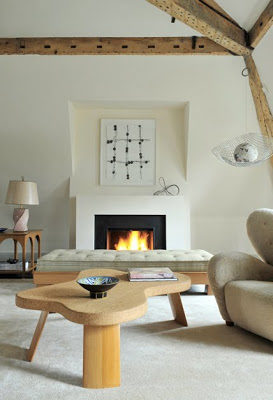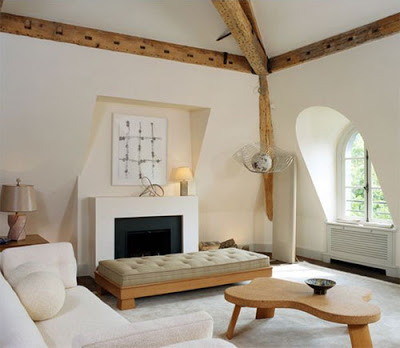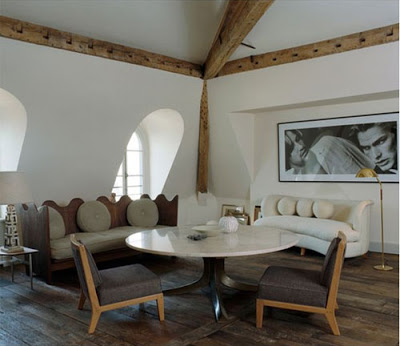
Pierre’s style is what Modern Magazine called sophisticated modernist and I couldn’t agree more. About his home he says “This is my interpretation of rustique chic“



Pierre’s style is what Modern Magazine called sophisticated modernist and I couldn’t agree more. About his home he says “This is my interpretation of rustique chic“



Coromandel
Screens or Chinese screens as many know them, were first introduced to
England, and then eventually to continental Europe, in the 17th century.
It’s recognized today as a distinct element of Chinoisserie but it was
also widely used during the Art Deco period with less elaborate
decorations. The folding screens took their names after the Coromandel
Coast in south-eastern India where many shipments from China were
gathered and then shipped over to Europe. The design on the screens
are carved onto the many layers of dark lacquer, sometimes decorated
with gold leaves and then painted over, that it’s what give them their
rich texture and relief.
I personally love them because of their great Architectural
enhancement effect. Whichever way you like to use them, they come in
handy when dividing a space as well as hiding clutter in a corner.